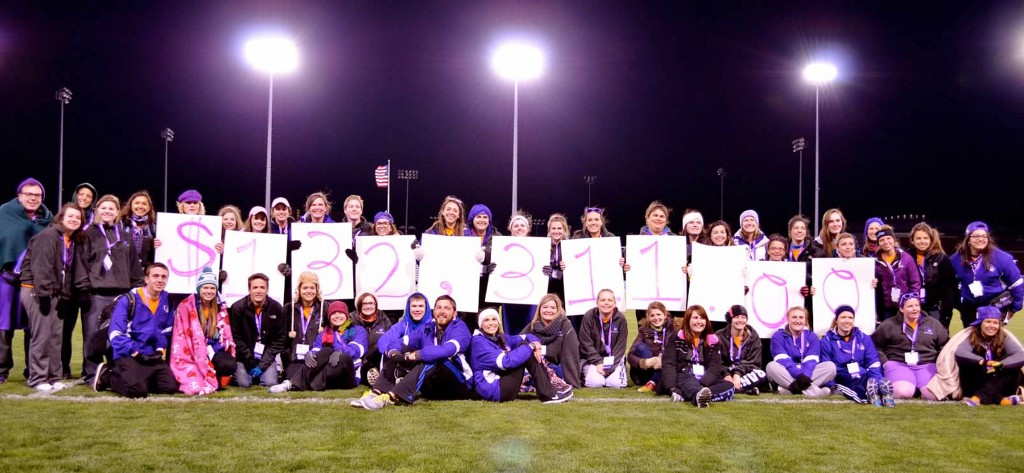The African American Male Scholars Initiative, a program created as a response to the relatively low matriculation rate of black males in higher education, is entering its third year at Saint Louis University. For one student, it was one of the only reasons he decided to return to SLU.
“I honestly did want to leave SLU,” Chris Walter, Jr., a sophomore in the program, said. “I didn’t see anybody who looked like me or just that I couldn’t relate… It really was AAMS that pulled me to stay.”
For Walter, Jr., the Initiative gave him a sense of community he wasn’t otherwise able to find in his daily life as a freshman psychology undergraduate. The social aspect was also what drew Isaac Singleton, a sophomore pre-law student, to get involved with the program.
“It’s the brotherhood,” Singleton said about his reason for joining the Initiative. “I met some real cool people at AAMS.”
The AAMS Initiative was created three years ago by LaTanya Buck, the director of the Cross Cultural Center, and Stefan Bradley, the director of African American Studies. It is a volunteer based program created specifically for black males in order to assist students in finding academic success at the university level and ultimately graduating.
A poor matriculation rate in the black male community stands as a national issue in higher education. In the 2009 article ‘Black Males Achieving More on College Campuses,’ written by Michelle J. Nealy, more than two-thirds of black male freshmen across the nation never complete their degrees.
“In 2005, black men at top-tier institutions had a graduation rate of 36 percent, compared to 46 percent and 60 percent for Hispanic and White males, respectively,” Nealy wrote in her article. A different report by The Journal of Blacks in Higher Education stated that black males made up only 35.2 percent of all black students enrolled in higher education in 2007.
In light of these facts, the Initiative seeks to accomplish its goal of higher matriculation rates amongst black males through three basic components, or ‘initiatives’.
“The first initiative is matching a black male student with a mentor,” Divine Shelton, the graduate assistant for the program, said.
Mentorship acts as the central component of the Initiative. Mentors are African American male staff, faculty, or alumni from the SLU community and are meant to help scholars grow as leaders and active members of the community in addition to helping them utilize important resources and succeed academically.
“One big thing I think [the AAMS Initiative] provides is that we’re paired up with… those who are involved in the field we want to do,” Walter, Jr. said. His mentor is Richard Harvey, an associate professor in the Psychology Department that specializes in industrial organizational psychology.
“[Dr. Harvey] gives me insight about the field of i.o. psychology… specifically as a black male,” Walter, Jr. said.
Both scholars stated that, while their original interactions with their respective mentors were more formal, over time they’ve formed a more comfortable relationship.
Mentor pairings are complemented by workshops and group discussions aimed at helping scholars grow as students and leaders.
College success workshops help new students learn about the academic and career services available to them.
The leadership development workshops are composed of discussions proctored by local leaders and on- and off-campus activities. According to an AAMS Initiative pamphlet, the discussion is centered around “building strong cultural identity, models of leadership, working with groups and creating positive change in your community,”
The group discussions, called ‘Real Talk Sessions,’ serve as a less formal means of developing a stronger historical and cultural identity for black male students.
“Real Talk sessions [are a] safe place for black male students to have… candid talk,” Shelton said.
Topics of discussion have included questions concerning masculinity, relationships and issues affecting the black community. Singleton stated that those discussions have been one of the most influential parts of the program for him.
“We have discussions we normally wouldn’t have on campus,” Singleton said. “We can vent and be truthful with each other.”
In addition to the support provided by mentors, workshops and discussions, students meet individually with Bradley or Buck after midterm grades are released to discuss performance and the semester’s experience in general.
Students enrolled in the Initiative maintained an average GPA above a 3.0 last semester, with one-third of Scholars holding GPAs greater than 3.4.
The AAMS Initiative encourages students attend the course ‘Intergroup Dialogue: Black Male Identity,’ which is already in progress but still open to enrollment. According to the course description, the class seeks to “deconstruct the facile depiction of the one dimensional ‘black male’ that prevails in the academy, media and society at large.”
Shelton hopes that the program can eventually become more rigorous in terms of keeping its students accountable, and that the Initiative might one day include a financial-aid aspect in the form of a “scholarship of some sort.”
Regardless of what changes the AAMS Initiative undergoes in the future, it has already made a remarkable difference for the students enrolled now.







